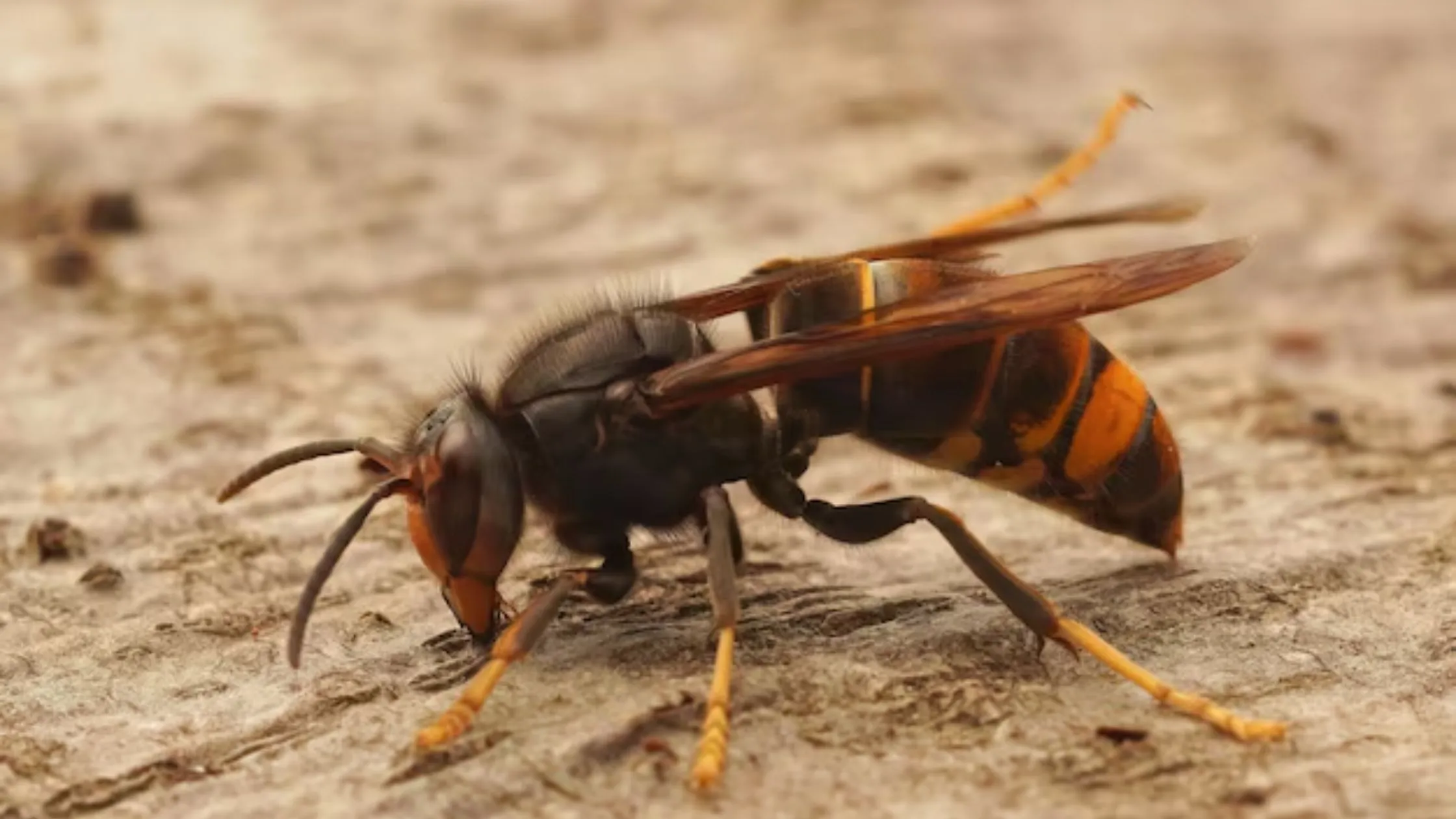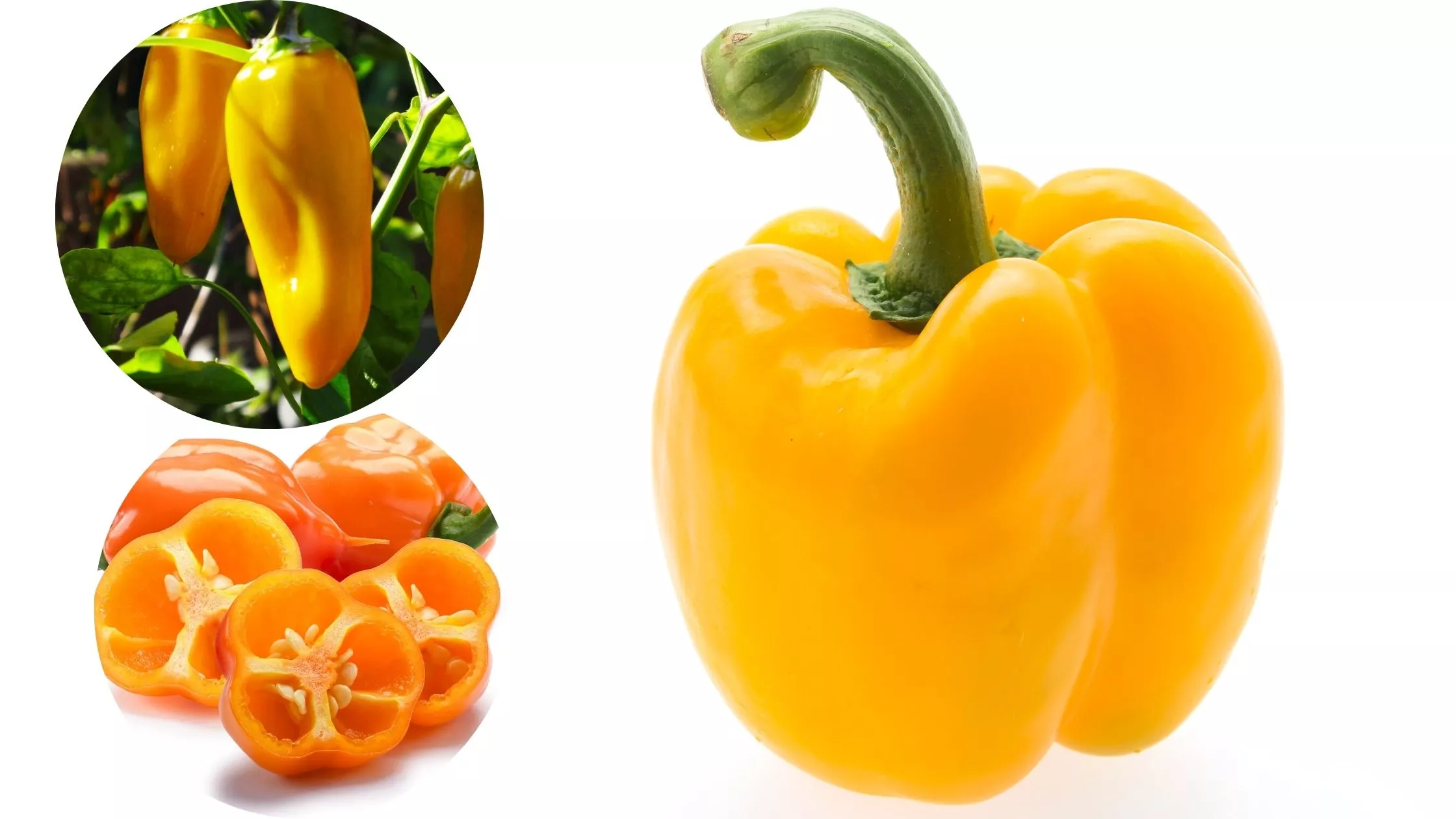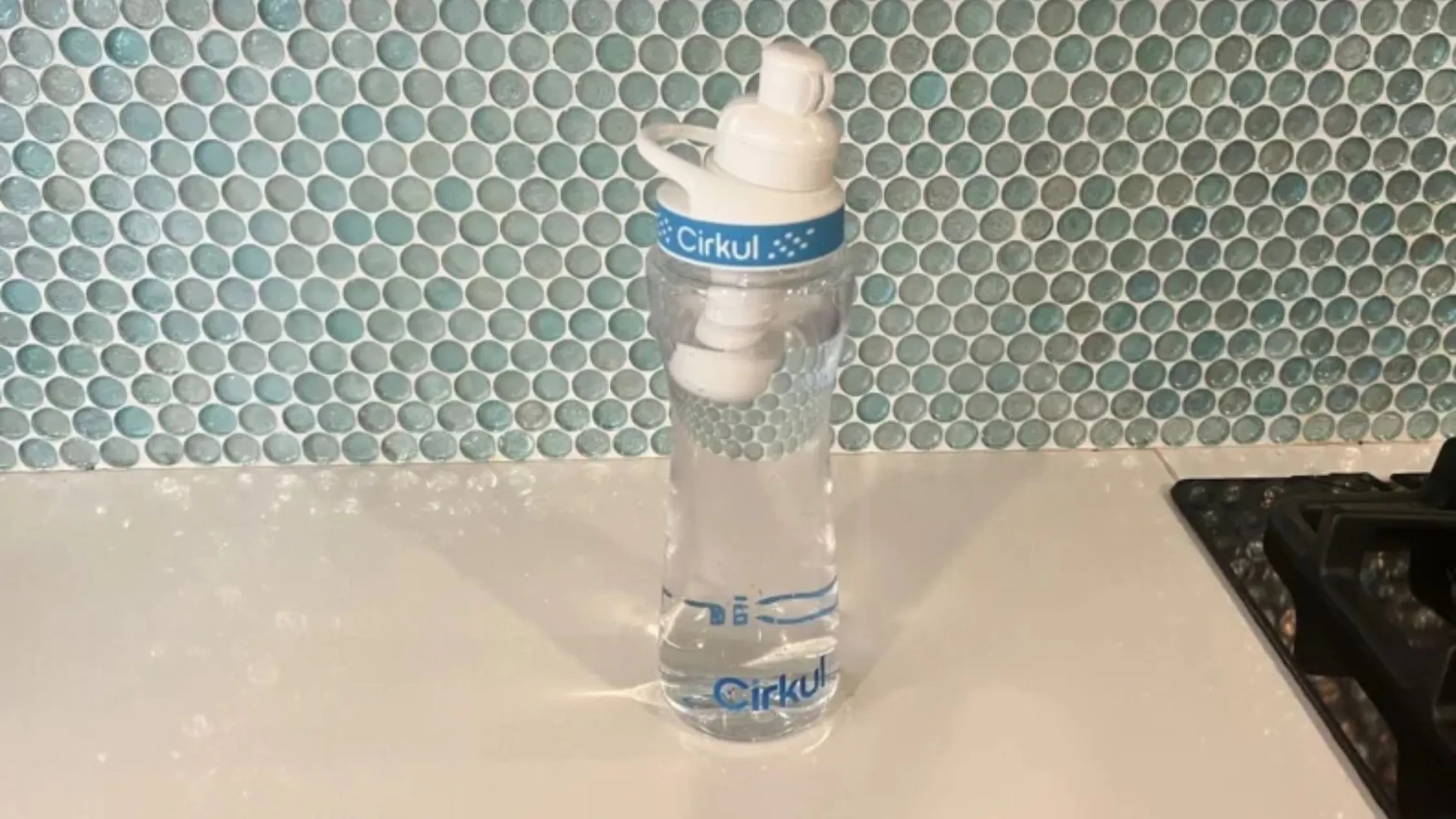Exploring the Juicy Delight: The Finest Seeded Watermelon Varieties & Benefits
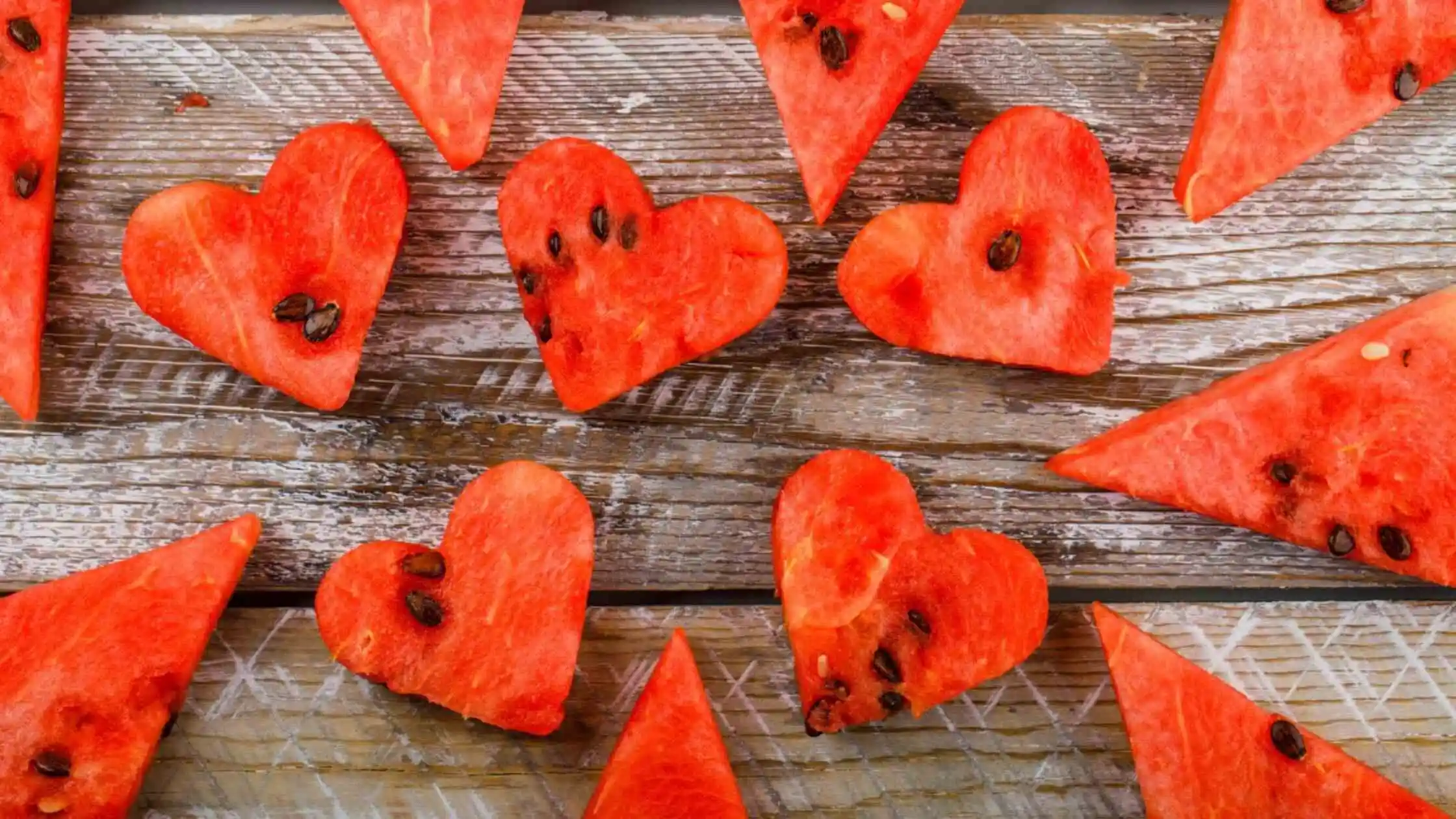
Classical watermelons with yummy taste and unique features are the seeded ones. Unlike seedless ones, they are characterized by seeds that measure 1.25cm in length. These seeds play an important role since they are required for the plant to develop into a sweet and juicy watermelon. Other than being tasty, seeded watermelons are rich in a good number of important vitamins and minerals which have several health benefits.
Their upbringing requires consideration of factors such as proper soil, weather conditions and plant care during the growing period. Despite the fact that seedless watermelons are very convenient, many people still prefer those with seeds. They like to use them in different recipes and be able to taste real-watermelon.
Seeded watermelons vs Seedless watermelons
| Feature | Seeded Watermelons | Seedless Watermelons |
| Presence of Seeds | Yes | No |
| Seed Characteristics | Hard, black seeds | Usually smaller, white seeds |
| Popular Perception | Considered traditional | Preferred for convenience |
| Culinary Use | Some may find seed removal cumbersome | Preferred for hassle-free consumption |
| Nutritional Content | Similar in nutritional value, but seeds may contain additional nutrients | Slightly lower in fiber due to seedless nature |
| Availability | Common in traditional varieties | Widely available, dominant in the market |
| Cultivation | Grown through traditional pollination methods | Often produced through controlled cross-breeding |
The Origins of Seeded Watermelons
Seeded watermelons have a long and fascinating history that started in southern Africa. Archaeologists found watermelon seeds, including the traditional ones, that are over 5,000 years old! This special plant, able to withstand dry weather, was essential in the diets of ancient people like the Egyptians along the Nile River.
Watermelons became popular because they could grow in different climates. As time passed, they spread to different parts of the world and changed into many types we enjoy today.
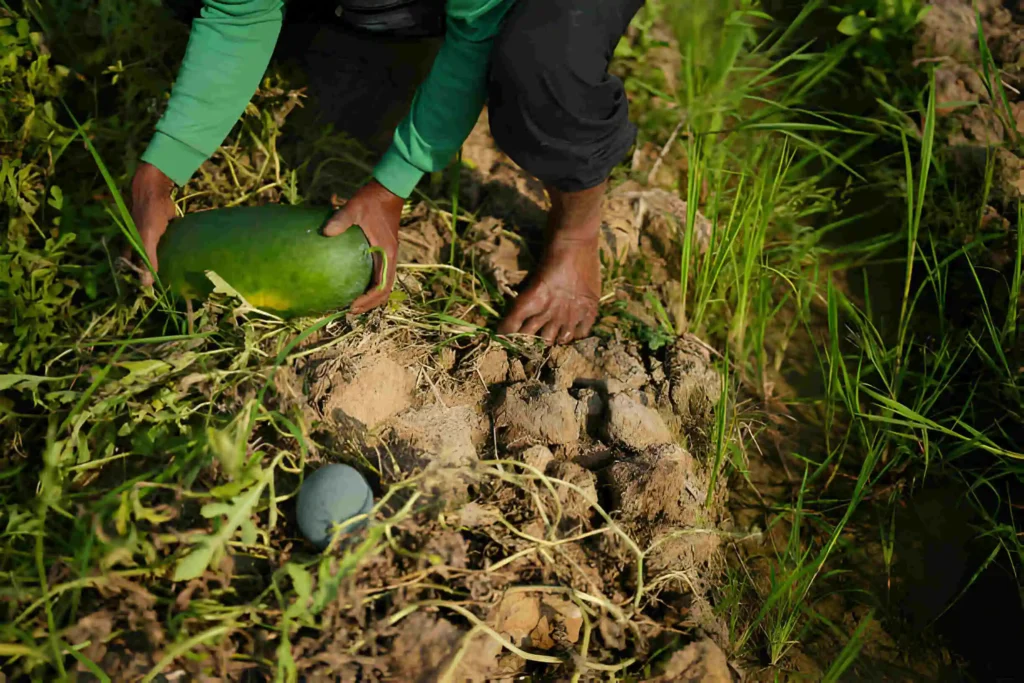
Nutritional Value of Seeded Watermelons
Watermelon seeds are like mini nutrition superheroes! They contain beneficial substances that support our bodies in various ways. When you eat about a cup of dried watermelon seeds, you get:
Protein Boost: A whopping 30.6 grams of protein, perfect for repairing muscles and keeping our bodies running perfectly in good condition.
Healthy Fats: Providing 51.16 grams of total lipids, they supply us with the healthy fats that account for energy storage and nutrient absorption.
Energy Carriers: We have a lot of carbohydrates (the amount may vary depending on the type of seed) that energize us.
Digestive Helper: A whopping 0.4 them of fiber makes digestion better with our guts and keeps the stomach clean.
And that’s not all! Other unique nutrients in watermelon seeds include folate, iron, zinc, copper potassium magnesium and Vitamin B complex. These nutrients assist our immune system, blood and metabolism in keeping us healthy.
Growing Seeded Watermelons
Growing seeded watermelons is simple!
- Get good quality watermelon seeds from one you can trust or save it together with the healthiest melon.
- Wait for the soil to be warm (at least 60-65°F or 15-18 °C) in order to have the best growth of seeds.
- Burrow plant seeds one inch deep about 2 inches apart in well-drained soil with organic matter.
- Leave 6 to 8 feet between the rows.
- Keep the soil moist, especially during germination. Water deeply for strong roots.
- Give them at least 6 to 8 hours of full sunlight each day.
- Thin the seedlings when they attain true leaves to one strong plant in each hill.
- Put mulch around plants to retain moisture, suppress weeds and manage temperature.
- Balanced fertilizers or compost should be used according to nutrient recommendations.
- Encourage the growth of vines to help relieve strain on plants.
- Note the pests and diseases; prevent them from harming your plants.
- Harvest when the underside turns yellow and tendrils close to fruit begin drying up.
The Culinary Delight of Seeded Watermelons
Seeded watermelons go beyond being sweet and juicy – their seeds can turn into tasty treats! Here’s an easy guide on using watermelon seeds in your favorite recipes:
- Roasted Watermelon Seeds: Get a delightful crunch by cleaning, drying, and roasting seeds with your favorite seasoning until golden brown.
- Watermelon Seed Rice: Add a nutty flavor and extra nutrition to rice dishes. Try a Watermelon Seeds Rice recipe for a unique twist.
- Recipes with Melon Seeds: Explore desserts, curries, and more with versatile melon seeds, including those from watermelons.
- Homemade Watermelon Seed Recipes: Get creative with over a thousand online recipes, from salads to snacks.
- Watermelon Seeds Snack: Make an easy homemade snack with tailored flavors. Find various recipes online.
- Incorporate into Various Dishes: Try watermelon seeds in salads, smoothies, and baked goods for a surprising twist and added nutrients.
Seeded watermelons, often overlooked, offer a delicious culinary adventure beyond their red flesh. Dive into these recipes to enjoy the unique taste of watermelon seeds.
Challenges and Misconceptions
Misunderstandings about seeded watermelons exist. On the contrary, seeds in watermelons do not necessarily mean they taste bitter or are less sweet. The variety of the melon and soil conditions are more important in regard to taste.
The notion of growing up in your stomach upon eating watermelon seeds is a myth as it isn’t scientific. In addition, the myth that seeded watermelons contain fewer nutrients than their seedless brothers and sisters is erroneous; both of them are sources of important elements. It is necessary to clarify these misconceptions in order for us to be able to appreciate the special features and culinary potential of watermelons seeded.
The Environmental Impact of Seeded Watermelons
Seeded watermelons are better for the environment than seedless ones because they grow naturally from seeds. When farmers grow seeded watermelons, they usually let them pollinate naturally, without using human-made methods or energy. This helps the environment by reducing the need for artificial interventions.
Watermelon seeds also play a role in supporting biodiversity. They help new watermelon plants grow, contributing to the variety of life in the environment. Traditional farming practices for seeded watermelons are often more eco-friendly. Farmers rely on natural pollination and use fewer artificial inputs, making it a sustainable way to grow these delicious fruits.




